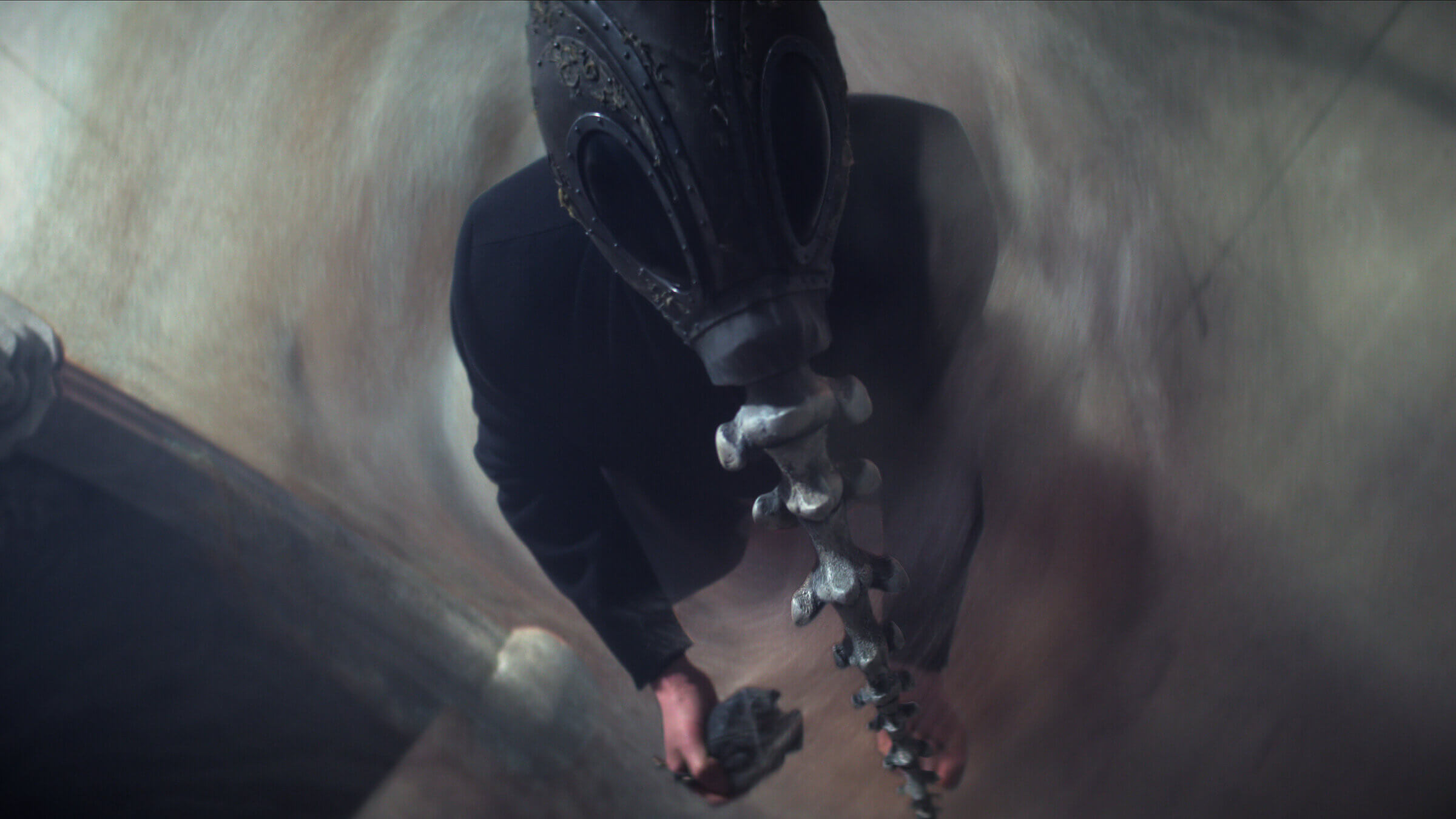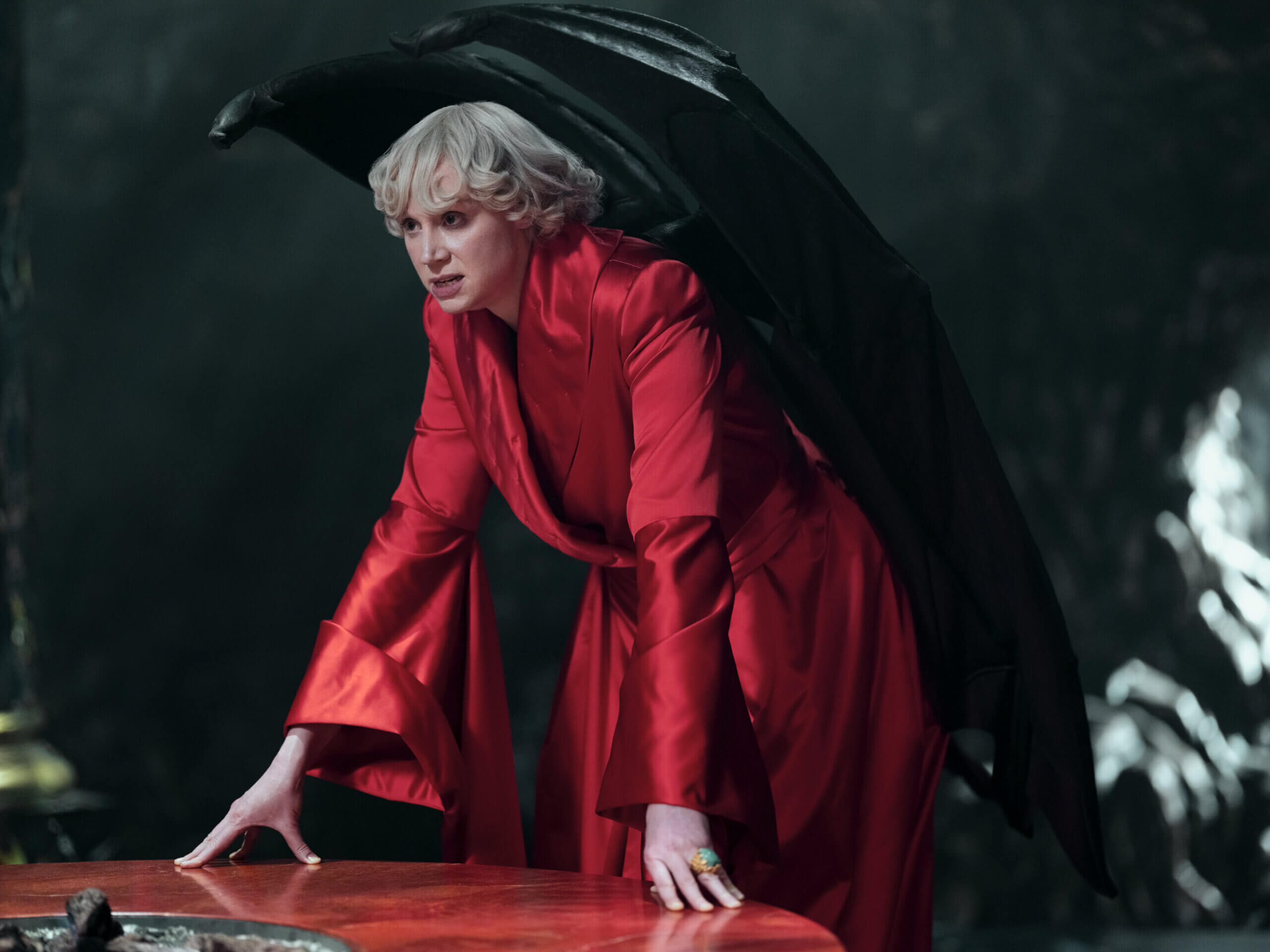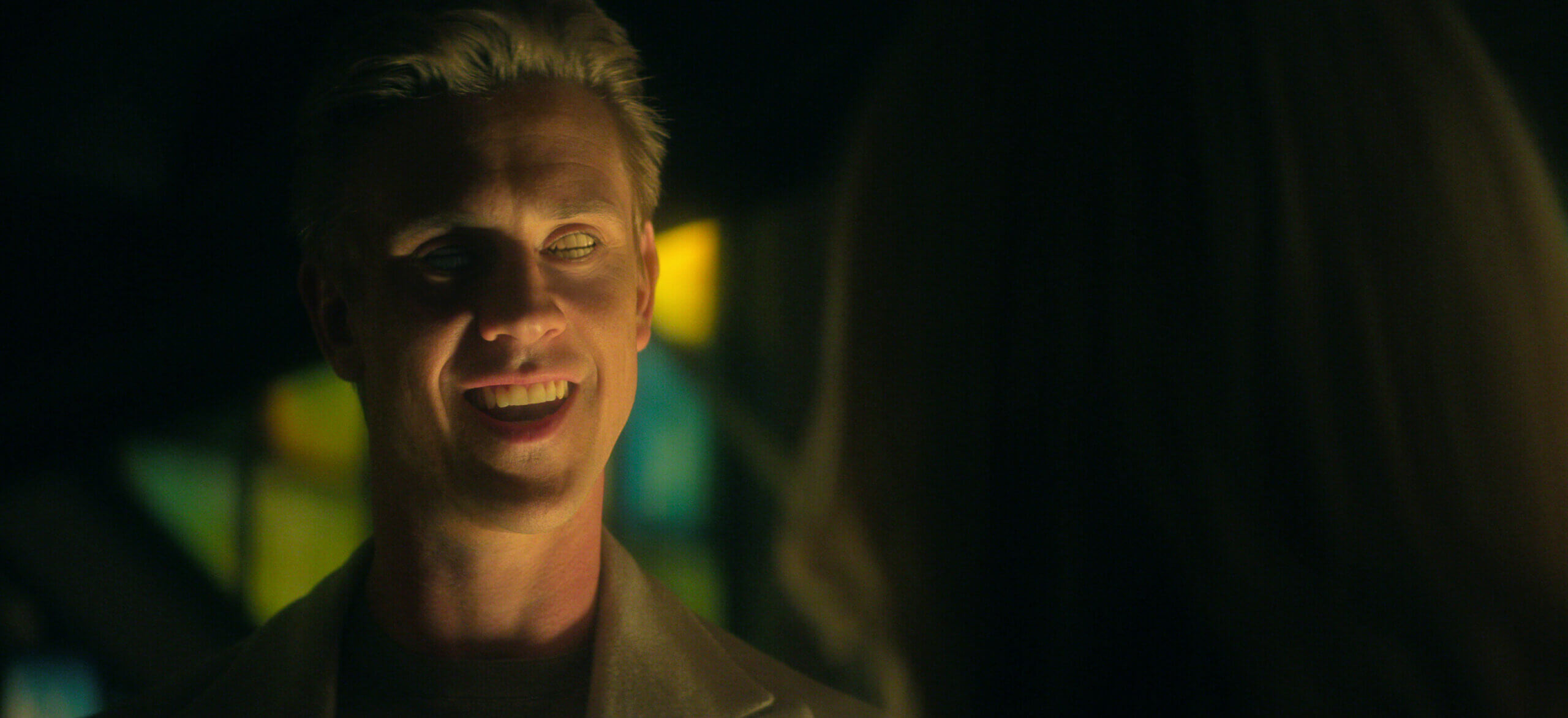How Judaism, Scientology, Christianity, mythology and God knows what else haunt the dreams of Netflix’s ‘Sandman’
Neil Gaiman’s comics are so beloved — and so scattered and complicated — no one has dared to adapt them until now

Tom Sturridge as Dream with his very powerful and important bag of sand and gas mask thing Courtesy of NETFLIX
Neil Gaiman is no stranger to television and movie adaptations of his fantasy novels. There’s “Good Omens,” which he co-wrote with fellow fantasy author Terry Pratchett, a surprisingly cozy book about the Antichrist that made for a pitch perfect miniseries. “American Gods” followed ancient deities as they’re eradicated by technology; it ran for three seasons. “Stardust,” a Victorian-style fairy story, became a movie starring Claire Danes, and “Coraline,” a delightfully creepy children’s novella, made for a delightfully creepy stop-motion film.
Yet “The Sandman,” arguably Gaiman’s best-known work, and certainly the one that jump-started his career, has never been adapted — until now, with a Netflix series that premiered Friday.
“The Sandman” is a comic series following the Sandman, or Dream, or Morpheus, or whatever other names the world has for the shadowy figure that rules our collective unconscious. It ran from 1989-1996, distributed by DC Comics, and accrued a devoted fanbase, thanks to its complex web of characters and references that characterize Gaiman’s work. It’s a story about stories and the power they hold over us to inspire hope and fear and meaning — no small subject.

What makes Gaiman’s work great is also what makes it difficult to adapt. His worlds are meaty, full of overlapping symbolism that pulls in religion and mythology and history and sharp sociological observations and layers them all together to build something familiar yet new.
The world of “The Sandman” in particular is known for its breadth. Each issue is an entirely new story in which the King of Dreams is often a side character to a rich world populated by the likes of the three Fates, William Shakespeare, Cain and Abel, and a nightmare with teeth for eyes. Gaiman’s interview with The New York Times in advance of the series’ launch has footnotes to explain his rapid-fire references.
The rich source texts likely have something to do with Gaiman’s own spiritually eclectic upbringing, which involved a bar mitzvah facilitated by observant family members he visited in London on weekends, all while being raised by devoted Scientologists and attending schools run by the Church of England. It’s a scattered background that, along with a reading diet of Christian apologist C.S. Lewis and the Catholic, myth-inclined Tolkien, allows Gaiman to create the kind of message-driven stories that “need not have happened to be true,” as he said in a 2012 lecture.
Unfortunately, that sense of truth doesn’t quite materialize in Netflix’s adaptation. The show mines every major tradition, but somehow doesn’t have anything to say.
The episodic series follows Dream as he tries to keep control over his kingdom, The Dreaming, with the aid of his librarian, Lucienne, and a talking raven named Matthew. We see him, at various points, try to rein in the dreams and nightmares he has created when they go rogue, struggle against his siblings Desire, Destiny and Despair for control over humanity, and try to understand the very humans whose sleeping minds he rules over.

I’m a fan of Gaiman’s work, but I never read “The Sandman,” so I came to the series blind, with none of the inherent delight some other reviewers had seeing beloved characters and storylines reenacted, apparently quite faithfully. But the attempt to cram so many of those stories and characters into a 10-episode season makes for a fractured viewing experience, with little sense of throughline. All the pieces are there — rich references, creepy villains and charming heroes, visuals full of Easter eggs — yet there are no stakes, nothing the characters are fighting for or against.
The series opens with Dream captured by a rogue magician, who has stolen the tools of his trade — sand, a ruby and a weird gas mask, all of which are apparently essential to his power yet none of which have clear uses. Halfway through the season, Dream has escaped and recovered his tools, and the show has entirely forgotten the havoc supposedly wreaked on humanity by his time in captivity. Later, he destroys people’s beloved dreams of lost spouses or parents because of the strict rules that govern the Dreaming, yet we never learn why these rules exist, leaving Dream feeling bureaucratic and self-serious.
Dreams, we are told over and over, are immensely powerful and essential to life itself, but we never see how or why. The series can’t keep still long enough to build any depth, relying on the audience to inherently recognize the sinister weight of a character like Lucifer by name alone instead of having to develop it. Characters resort to making clumsy soliloquies on people’s ability to change or the power of hope, unable to naturally demonstrate those ideas.

There are standalone episodes that are quite charming, largely when the show leans into Gaiman’s talent for references and religion. (Gaiman produced the show, but only wrote the opening episode). In the sixth episode, Dream makes a man immortal and meets him every 100 years to check in on whether he hates life yet; along the way, he also helps Shakespeare get famous. In another arc, he follows his sister, Death, as she gracefully ushers people away from life, allowing an elderly Jewish man an extra moment to say the Shema before he leaves the world.
And the series excels when it abandons itself to a dark sort of whimsy instead of focusing on Dream and his pompous responsibilities. We meet Cain and Abel, for example, and learn that Cain murders Abel daily, only for him to resurrect from a shallow grave, forgiving his elder brother each time. There’s a “cereal convention” that is a thinly veiled conference for serial killers, where they all listen to keynotes in a boring hotel room just like any other conference.
All the pieces are there, and I found myself fighting to see something deeper, sure that there was a message to grasp. But perhaps the lesson to see is that while mythological and religious stories have truths to tell us, dreams can only show us fragments, just like the show. “The Sandman” might be a story about stories, but it doesn’t manage to tell one of its own.
A message from our Publisher & CEO Rachel Fishman Feddersen

I hope you appreciated this article. Before you go, I’d like to ask you to please support the Forward’s award-winning, nonprofit journalism during this critical time.
We’ve set a goal to raise $260,000 by December 31. That’s an ambitious goal, but one that will give us the resources we need to invest in the high quality news, opinion, analysis and cultural coverage that isn’t available anywhere else.
If you feel inspired to make an impact, now is the time to give something back. Join us as a member at your most generous level.
— Rachel Fishman Feddersen, Publisher and CEO
























